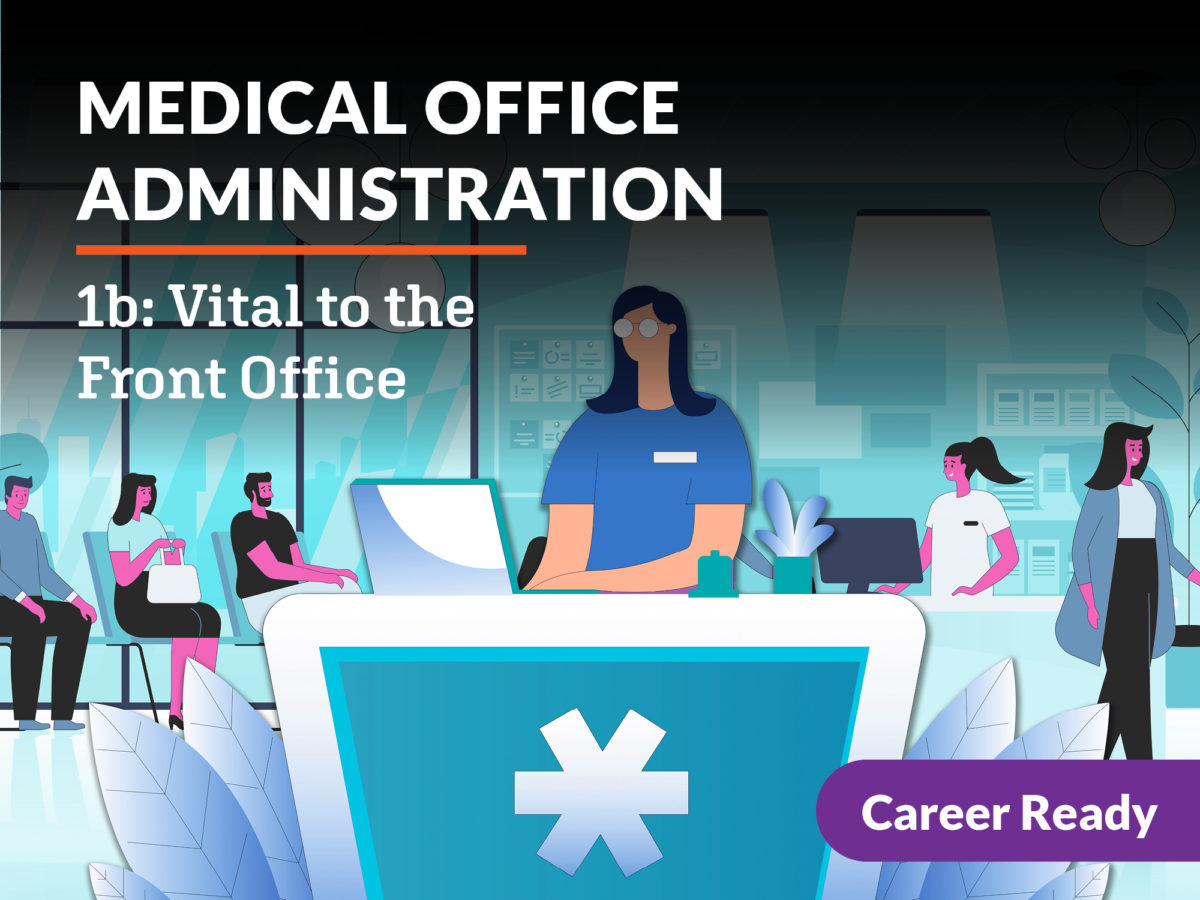Finest Practices in Medical Management for Improving Performance and Lowering Expenses
In the ever-evolving landscape of health care, the pursuit of best techniques in medical administration is paramount for boosting effectiveness and curbing expenses. By incorporating sophisticated technologies such as digital health and wellness records and telemedicine, doctor can simplify operations and improve individual care. Modern technology alone is not a panacea; maximizing resource allowance and promoting collaborative communication amongst care groups are equally vital. As organizations make every effort to balance high quality and price, what techniques should be focused on to achieve these double objectives? The solution to these questions hold the trick to a more sustainable health care system.
Leveraging Advanced Technology
In today's quickly advancing healthcare landscape, leveraging sophisticated innovation is no more optional yet essential for efficient medical administration. The combination of electronic remedies right into medical care systems has actually changed the means centers run, streamlining processes and enhancing patient care. Electronic Health And Wellness Records (EHRs) are critical, supplying thorough client data that can be accessed quickly by licensed personnel, thus reducing redundancy and reducing mistakes. By centralizing client details, EHRs get rid of the requirement for troublesome paperwork and facilitate smooth interaction amongst doctor.
Telemedicine is another technical development that has reinvented individual interaction. It supplies comfort for both patients and medical care experts by making it possible for remote examinations, which can reduce the demand for in-person check outs and optimize visit scheduling. Furthermore, telehealth systems can prolong medical care accessibility to rural or underserved locations, bridging spaces in care shipment.
In addition, making use of Artificial Knowledge (AI) and artificial intelligence is ending up being increasingly common in anticipating analytics, permitting early discovery of potential health and wellness issues and more enlightened decision-making. These technologies, when incorporated properly, can improve diagnostic precision and individualize patient treatment strategies, inevitably leading to improved health care outcomes and operational effectiveness.
Optimizing Source Allocation
By tactically taking care of resources such as employees, tools, and funds, health care facilities can considerably enhance their operational performance, improve person end results, and minimize unnecessary expenditures. The initial action in maximizing source allowance includes conducting a thorough analysis of present assets and recognizing locations where sources may be underutilized or exhausted.
Focusing on resource appropriation based upon client demands and solution demands is necessary. This includes lining up sources with high-demand locations, such as emergency care or specialized therapies, to ensure prompt and effective person care. Applying versatile staffing models can likewise optimize labor resources by adjusting workers allocation in action to varying person quantities. Furthermore, embracing telemedicine and other technical services can relieve physical resource restraints by providing alternative methods for patient-provider interactions.
Monetary resources need to be meticulously kept an eye on and alloted with tactical foresight to sustain both temporary functional requirements and lasting institutional goals. This includes investing in training programs that enhance personnel proficiencies and taking on energy-efficient techniques that decrease functional prices (medical administration). Inevitably, a maximized source allocation technique promotes a sustainable health care setting that is responsive, effective, and economically prudent
Streamlining Process Processes
When health care facilities aim to enhance operational effectiveness, enhancing process processes ends up being a critical focus. Efficient process lessen redundancy, get rid of unnecessary steps, and enhance control amongst health care experts. This strategy not just increases service delivery but additionally boosts the high quality of client treatment.

Following, innovation assimilation plays a considerable duty in improving operations. Implementing electronic wellness records (EHRs) and electronic medical professional order entry (CPOE) systems minimizes paperwork, lessens human mistake, and ensures info is obtainable to all relevant personnel. Furthermore, leveraging telemedicine systems can streamline client assessments link and follow-ups, lowering the stress on physical framework.

Ultimately, streamlined workflows lead to set you back reductions and improved patient satisfaction, fostering a more lasting medical care atmosphere.
Enhancing Data Management
Building upon streamlined operations, maximizing information administration becomes a vital part beforehand health care administration. Efficient information administration systems are vital for preserving accurate person documents, improving decision-making, and ensuring conformity with governing requirements. By implementing durable data management remedies, health care facilities can boost the high quality of patient treatment while all at once minimizing operational prices.
One key facet of improving data administration is the combination of advanced digital health document (EHR) systems. These systems help with the smooth exchange of client details across various departments, lowering replication of examinations and reducing mistakes. A well-designed EHR system sustains data analytics, making it possible for doctor to identify trends and make notified decisions relating to patient care.
In addition, protecting person data is extremely important. Adopting detailed cybersecurity actions, including file encryption and normal audits, ensures the stability and discretion of sensitive information. This not only safeguards clients however also preserves the organization's reputation.
Purchasing staff training is an additional crucial element. Educating health care specialists on information management methods enhances their capacity to properly utilize technology, resulting in enhanced individual results. To conclude, boosting information management through sophisticated technology and extensive training is vital for accomplishing effectiveness and price decrease in clinical administration.
Fostering Collaborative Communication
An important part ahead of time clinical administration is promoting joint interaction amongst medical care experts. Efficient communication is critical for making sure seamless client care, enhancing treatment end results, and minimizing mistakes. By urging open dialogue and coordination across multidisciplinary groups, health care organizations can enhance their functional performance and minimize unnecessary prices.
Central to this strategy is the combination Source of communication technologies such as electronic health and wellness records (EHRs) and safe messaging platforms, which help with the rapid exchange of critical client details. These devices enable doctor to accessibility and share information in genuine time, guaranteeing that all staff member are educated and lined up in their decision-making procedures. Regular group meetings and interdisciplinary rounds can better promote a society of collaboration and liability.
Training programs concentrated on improving Web Site communication abilities are also necessary. These programs can assist staff develop the capacity to communicate info plainly and listen actively, thus decreasing misconceptions and cultivating an encouraging work atmosphere. In enhancement, taking on standardized communication methods, such as SBAR (Circumstance, History, Assessment, Suggestion), can simplify the exchange of information, making certain that crucial information are shared succinctly and effectively. Eventually, fostering collective interaction leads to improved health care shipment and price financial savings (medical administration).

Verdict
Including advanced innovation, such as electronic health and wellness records and telemedicine, along with maximized source appropriation and structured process procedures, is crucial for improving effectiveness in clinical management. Efficient information administration and fostering collaborative communication amongst medical care groups are vital for decreasing redundancies and boosting treatment high quality. By prioritizing preventive treatment and involving in high quality enhancement initiatives, medical care companies can achieve considerable expense savings and improved person results, thus guaranteeing lasting medical care shipment in an increasingly complex setting.